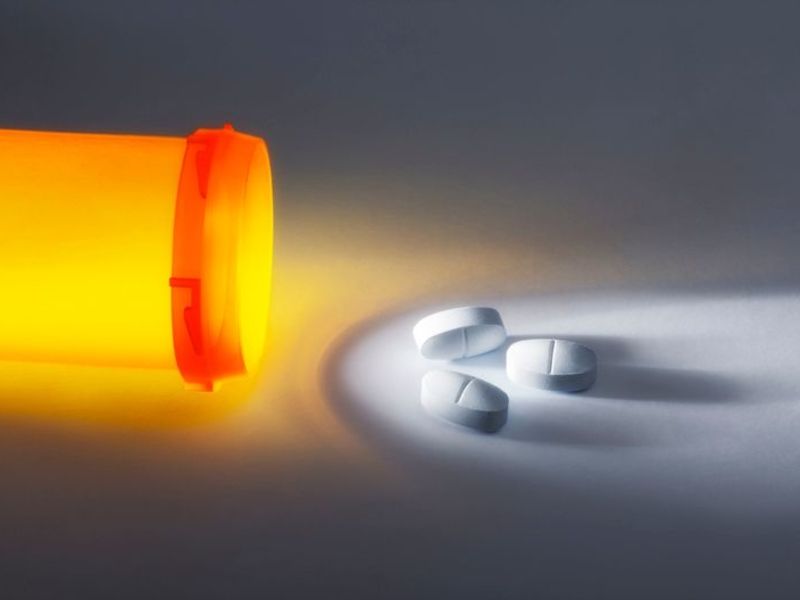
Imagine cracking open a vial of a $1,000 chemotherapy drug and injecting it into a cancer patient She only needs 1.3 milligrams but the vial contains double that amount. What happens to the rest? Oftentimes, it gets thrown in the trash. Patients, Medicare and private insurance foot the full bill anyway.
Congress is set to crack down on the practice, which is the result of drug companies packaging expensive physician-administered drugs in single-use vials that are too large for the typical patient.
Medicare spent $753 million on discarded portions of single-use vials of cancer drugs in 2019, according to CMS.
Sens. Rob Portman (R-Ohio) and Dick Durbin (D-Ill.) authored language in the infrastructure legislation that would force pharmaceutical companies to pay rebates to Medicare for wasted doses, saving about $3 billion per year, according to a projections by the nonpartisan Congressional Budget Office. A Senate vote on the underlying bill is expected soon. If Congress were to pass the bill and President Joe Biden sign it, the drug waste provisions would take effect in 2023.
“Hopefully this will encourage pharmaceutical companies to make smaller vials,” said Dr. Julie Vose, chair of the Association for Clinical Oncology’s Government Relations Committee.
For safety reasons, any leftover doses in single-use vials can’t be used for other patients and are usually discarded. But some Medicare patients must pay coinsurance on the full price of the drug—even if a portion is thrown out. High drug spending also leads to higher premiums in Medicare and commercial insurance markets.
Smaller vials would mean lower costs for patients and payers. “High out-of-pocket costs impact access for patients in the U.S. uniquely,” said Dr. Peter Bach, director of Memorial Sloan Kettering Cancer Center’s Center for Health Policy and Outcomes.
Nudging drugmakers to produce smaller vials would be “entirely cost-neutral” for hospitals because providers get paid the full price of drugs they administer whether the entire vial is used or not, Bach said. “Anything we can do to lower out-of-pocket costs in the healthcare system is something providers should care about.”
The American Hospital Association endorsed the legislation in 2019, noting that “providers frequently are forced to discard the potentially tainted excess content of the package, resulting in expensive and unnecessary waste.”
Healthcare providers discarded about 2% of these drugs covered by Medicare Part B in 2019, according to CMS.
But some pharmaceuticals—mostly expensive cancer therapies—are more likely to be thrown out because they come in large vials. About 27% of bortezomib units Medicare covered in 2019 were tossed, according to CMS. Bortezomib, also known as Velcade, is used to treat multiple myeloma and other cancers.
Still, the National Academies of Sciences, Engineering and Medicine questioned whether discarding units of drugs is a waste of money in a report published this year.
“The price of a drug is typically based not on how much is used but on the willingness to pay for the drug’s therapeutic benefit,” the report says. “Based on the way drugs are priced and paid for in the United States, the committee concluded that when a drug is discarded, there is no money to recoup.”
Drugmakers are likely to increase prices for drugs if forced to package them in smaller vials, the report states.
But as expensive as prescription medicines are, there’s a limit to how much pharmaceutical manufacturers can hike prices, Bach said. “If drug companies could raise prices infinitely, they would.”Congressional Democrats are also hoping to pass separate legislation that would limit how much drug companies can charge Medicare and private insurers.
Congress should direct any savings resulting from smaller drug vials to patients first, the National Academies recommend. The current legislation would instead divert the rebates to the Medicare trust fund, in part because lawmakers need budgetary savings to help finance the infrastructure bill’s $500 billion in new spending.
Source link : https://www.modernhealthcare.com/politics-policy/congress-eyes-crackdown-large-wasteful-drug-vials











